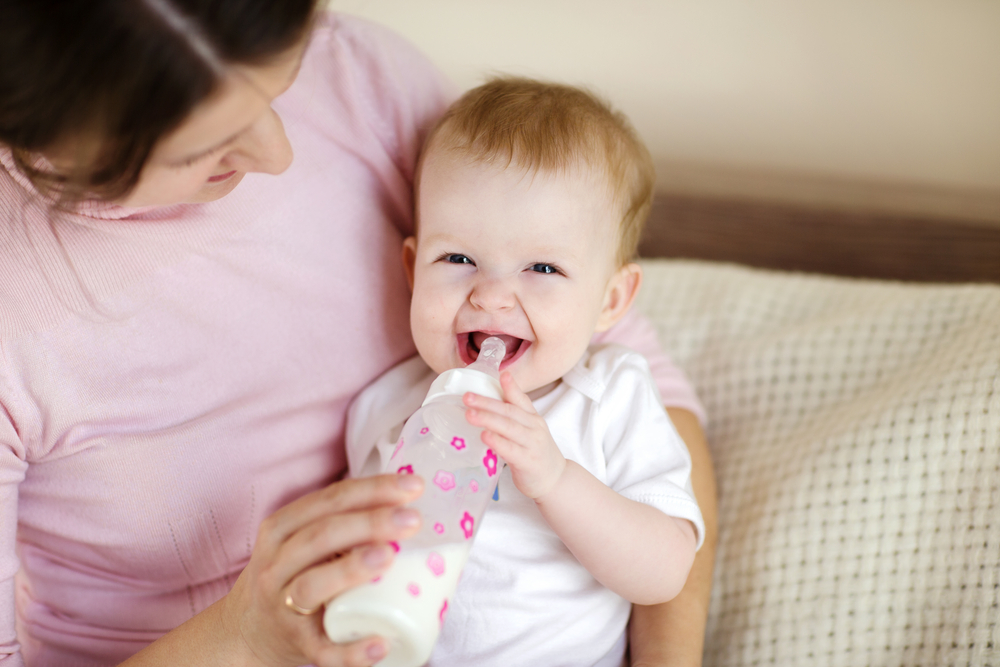
Caesarean Birth
Caesarean section is a surgical procedure that involves the removal of the baby from the womb by opening the abdominal wall and uterus when vaginal birth is not possible for the baby.


The benefits of giving birth in water involve a more comfortable and much less painful birthing process for the mother.
The benefits of giving birth in water involve a more comfortable and much less painful birthing process for the mother. Due to the warmth of the water and its lifting capacity the blood circulation to the uterus increases, the contractions of the uterus become more effective and the process could be less painful due to the increase in oxygen supply. Th comfort and relaxed feelings the water evoke help perineum open easily than usual thus the probability of a tear forming in this region decreases. On the other hand where the baby is concerned, the observations of the midwives and doctors who perform water delivery count more than technical data. The baby is born from a liquid environment into another liquid environment without experiencing any sudden pressure changes, in a soft and stress free transition. It is argued that these babies are usually quieter and less prone to crying.
According to the results of a study on 4029 water births that took place in England and Wales in the years 1994-1996, there is no significant difference in terms of fatality rates of the babies born in water and the babies born under regular conditions on the basis of a comparison of the mortality rates and rates of admittance to the intensive care units of the water born babies and the babies born under regular circumstances. (Both were around 1.2-1.4 per mil). The risk of admittance to the newborn intensive care units for both groups has again been determined to be the same. The expectant mothers planning a water birth must have a problem free pregnancy.
Water birth is contraindicated in pregnancies with herpes infection in the genitals, when the baby in breech position, or when problems like multiple pregnancies, premature labour, pre-eclampsia (pregnancy poisoning) or diabetes, development disorder in the baby exist, or insufficient supply of oxygen to the baby is suspected (as evidenced by her heart beats) or dense meconium is observed (baby’s stool) in the amniotic fluid. Furthermore the water of the birthing pool must be replenished at regular intervals, the foreign substances must be removed by means of sieves, the pool water must be protected against infectious diseases and the temperature of the water must ideally be maintained at 37 degrees centigrade. The pool temperature must be continuously measured during labour and maintained at 37 degrees C at all times.
The babies that are born in water normally cannot breathe under water. The warmth of the water and the fact that the baby’s head remains in water prevents the triggering of breathing reflex. On the other hand cold triggers breathing reflex. When the baby’s head is raised above the water level and contact with cooler temperatures is made the breathing reflex is activated and the baby starts respiration.